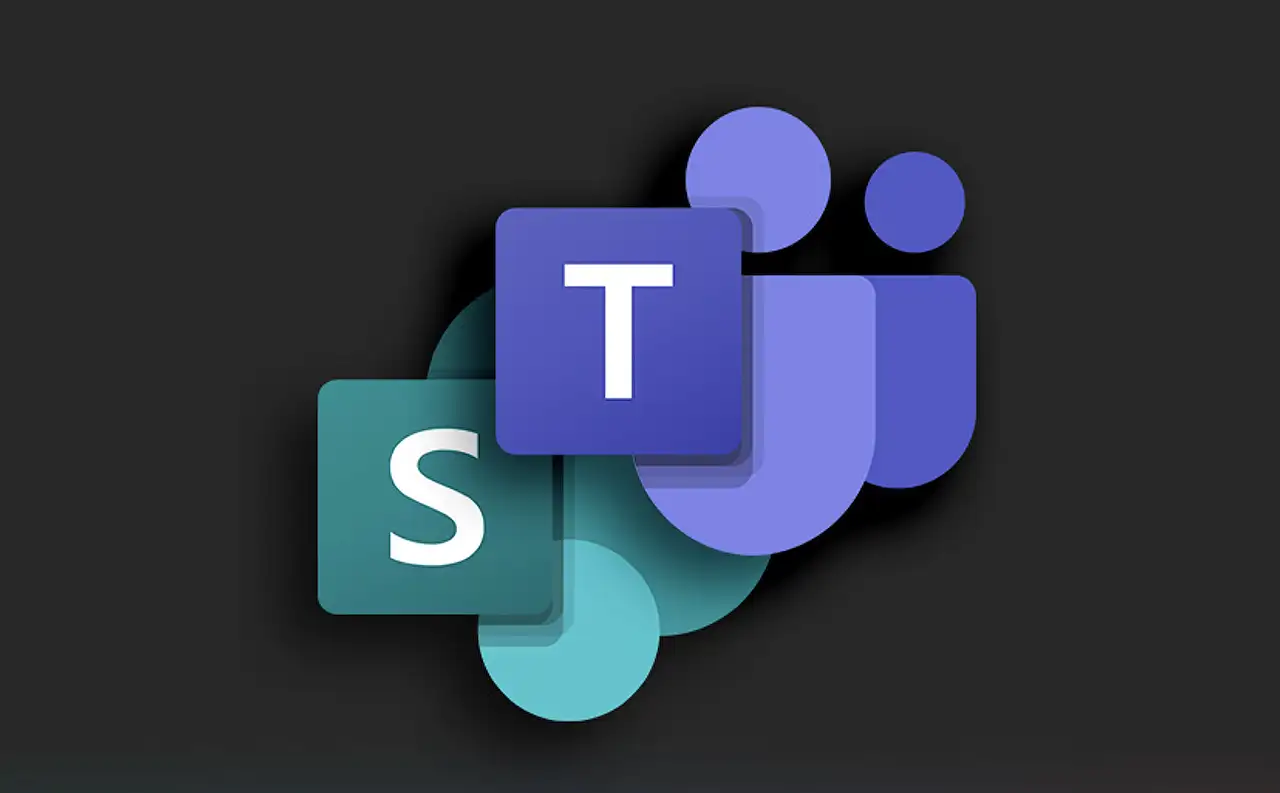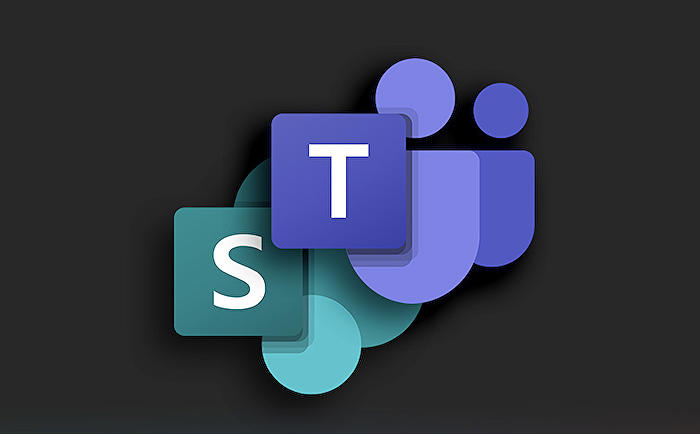- All of Microsoft

Comprehensive Guide: SharePoint and Teams Interaction
Master Microsoft Tools: Discover how SharePoint and Teams strategically interact for seamless collaboration and efficient file management.
The recent Microsoft blog post focuses on the interplay between Microsoft Teams and SharePoint. It delves into understanding the fundamental components of both platforms as well as how they interface with one another.
Teams constitutes a powerful collaboration tool housing various tools for easy interaction on specific topics while SharePoint facilitates the creation and publishing of web content and file storage. Integral to SharePoint is the SharePoint site, a space for file storage and creation of webpages, and commonly used in conjunction with Teams.
A channel in Teams is a collaborative workspace with three major types; standard, private, and shared channels. A standard channel is accessible to all team members while a private channel limits access only to specific team members. Shared channels, on the other hand, are designed for broader collaboration easily extendable to individuals outside of the team.
Further, SharePoint sites are categorically hinged on the nature of Teams. They range from the parent site, a SharePoint site connected and created when you initiate a team, channel sites connected to specific channels to public and private teams which designate accessible teams to all organization members and invited owners respectively.
Each team is directly linked to a Microsoft 365 group stored in the Microsoft Entra ID relating it to SharePoint site for file storage. Case scenarios that link Teams and SharePoint include new team creation from scratch or from a pre-existing Microsoft 365 group, the addition of Teams to an existing SharePoint site and new private or shared channel creation.
Another crucial insight is the management of Teams-connected sites. Designed for the Teams' attachment, these sites carry site settings that are solely managed from Teams, however, some site settings for channel sites are inherited from the parent site.
Examples of such settings include site permissions, manageable from Teams, site sharing settings under the jurisdiction of team and site owners and default sharing link type easily controllable through the SharePoint admin center. Intriguingly, the sensitivity labels can be applied either to the team or the parent site and a shift in one location reflects automatically in the other.
This link provides comprehensive insights and details on SharePoint Online for reference.
Further Insights on SharePoint and Teams Interactions
Central to the Microsoft blog post is understanding the nature of interactions between SharePoint and Teams. Both tools offer unique advantages designed to improve collaboration and efficiency within teams. SharePoint makes it easy to create websites, publish content, and store files, which enhances the sharing and distribution of important information within teams.
Teams, on the other hand, provides a comprehensive platform for team members to discuss and collaborate on various subjects. With the seamless integration of these two tools, users can enjoy a unified and smooth experience, with the convenience of having to work within one program rather than switching betwe2/>different applications. SharePoint and Teams have offered remarkable potentials in accelerating digital transformation in organizations, but for even more streamlined operations, understanding their interactions is key.
Read the full article How SharePoint and Teams Interact: A Comprehensive Guide

Learn about How SharePoint and Teams Interact: A Comprehensive Guide
The interaction between Microsoft Teams and SharePoint is significant in enhancing collaborative efforts within an organization. Through Teams, businesses can leverage collaboration, while SharePoint provides tools for content creation, website creation, and file storage.
Teams is a hub where individuals can communicate about specific subjects or tasks. Its design links to SharePoint and other tools to foster collaboration, whereas SharePoint is conceived more as a backbone for various tasks and operations, including web site creation, content publishing, and file storage.
A SharePoint site, for example, is a web-based repository where individuals can create web pages or store and collaborate on files. SharePoint sites can function both independently or as storage for files in a Team (referred to as Teams-connected sites).
- A Team is an entity within Teams where you can invite others for collaboration. Each team attaches to one or more SharePoint sites, functioning as storage for the team's files.
- A Channel represents a specific location within a team for members to work together on specific tasks. Teams can have multiple channels, each serving a different purpose. For instance, a marketing team might establish various channels for different products or events.
Channels within Teams are categorized as standard, private, and shared.
- Standard channels are accessible to all members of a team, with each team automatically provided with a "General" standard channel, which always shows first in the team's list of channels.
- Private channels are limited to certain team members and are utilized for private conversations and collaboration. Only members of this type of channel have access to its SharePoint.
- Shared channels are accessible to anyone, even those outside the team. These are used for wider collaboration with people outside the team. Just like private channels, only members of a shared channel can access its SharePoint site.
The interconnection between Teams and SharePoint serves various scenarios:
- Creating a new team from scratch triggers the creation and connection of a new SharePoint site to the team.
- Creating a new team from an existing Microsoft 365 group connects the team to the SharePoint site associated with the group.
- Adding Teams to an existing SharePoint site connects that site to the newly formed team.
- Creating a new private or shared channel leads to the creation and connection of a new SharePoint site to that channel.
Teams-connected sites represent a specialized kind of SharePoint site optimized for a Teams connection. Parent and channel sites make up the collection of Teams-connected sites, which are managed differently than typical SharePoint sites. Some settings can only be handled from Teams, while others are inherited from the parent site and can't be changed.
Training resources to better understand this topic could include:
- Create a Microsoft Team from SharePoint: Offers insights on how to leverage SharePoint to create and manage Teams.
- Teams can have standard or private channels: Provides an understanding of SharePoint channel types and their roles in collaboration within Teams.
- Manage teams policies in Teams: Provides guidance on policy management within Teams.
- Manage team settings and permissions in Teams: Covers the essentials of settings and permission controls in Microsoft Teams.
More links on about How SharePoint and Teams Interact: A Comprehensive Guide
- Collaborating with Teams, SharePoint, and OneDrive
- Learn about Teams, SharePoint and OneDrive, and what to use when, for team collaboration and file storage.
- Overview of Teams and SharePoint integration
- 3 days ago — Learn how Microsoft Teams is integrated with SharePoint and how the two work together.
- Collaborating with Groups, SharePoint, and Teams
- Learn more about how to collaborate securely with Microsoft 365 Groups, SharePoint and Teams.
Keywords
SharePoint Teams Interaction, Comprehensive SharePoint Guide, SharePoint and Teams Guide, Teams SharePoint Integration, Manage SharePoint Teams, SharePoint Teams Collaboration, Using SharePoint with Teams, SharePoint Teams Features, Teams SharePoint Synchronization, SharePoint Teams Assistance.